PRODUCT DESCRIPTION
This type of rebar is also known as GFRP rebar (Glass Fiber-Reinforced Polymer), FRP glass rebar, FRP fiberglass rebar and composite rebar or FRP glass fiber rebar or even polymer rebar. it is very useful due to its high durability in corrosive and saline environments as well as sulfated or high magnetic energy environments.
The excellent combination of FRP glass fibers and Vinyl ester( PVC) resin leads to the construction of this rebar. The most common use of FRP glass reinforcement or FRP fiberglass rebar is in the manufacture of concrete slabs.
Among the most important capabilities of GFRP or composite reinforcement rebars are high strength, heat resistance, low deformation at the moment of rupture and low weight. Among FRP rebars, FRP fiberglass reinforcement is the cheapest type.
For information on how to sell and the price of fiberglass rebar, please contact Afzir Retrofitting Company.
Due to the high resistance of FRP materials against corrosion, this material is also made as FRP rebar. At present, there are several factories that produce FRP fiberglass rebars that can be supplied by Afzir Company as a GRRTM in Iran.
Since the first use of rebar in concrete in 1893, one of the issues that affect the durability of concrete and structures is the corrosion of concrete and rebar. In Montreal, Canada, for example, the Laval overpass was destroyed in 2006 by corrosion and over-aging of the structure; One of the suggested options to prevent such failures is to use GFRP composite rebar. With the advancement of technology in the field of polymers, new rebars have emerged called FRP glass rebars or GFRP composite rebars that have good corrosion resistance. In addition to being very suitable for new structures, this product can also be used to improve old structures.
History Of FRP Glass Rebar
GFRP was first used in the construction industry in the mid-1930s. At that time, it was mostly used for its beauty and architectural properties. But in 1967, its extraordinary properties in the construction industry were accidentally discovered in the demolition of the “House of the Future” building at Disneyland. Between 1956 and 1957, the future home was built using GFRP composite. But then, due to the lack of need for that structure, it was decided to demolish it. Finally, in 1967, the demolition operation began. An interesting thing happened in this operation, which was carried out using the ball of destruction. The ball bent into FRP or GFRP composite glass rebars and changed direction. While in buildings with steel rebars, the ball easily destroyed them. After this incident, the capabilities of FRP glass rebars or GFRP composite rebars were gradually discovered. In 1994, composite materials were used in the construction industry for nearly 600 million.
Heterogeneity Of GFRP Rebar
GFRP rebar is a non-uniform material. But what exactly is GFRP rebar? The structure of this reinforcement consists of FRP and coating. The Heterogeneity of the rebars is due to the Heterogonous behavior of the FRP. FRP glass fibers are bonded between matrices of polyester, epoxy, Vinyl ester( PVC) or urethane. Vinyl ester are commonly used as resins or coatings in GFRP composite rebars. If the tension is applied vertically to the fibers, the rebar will show good strength. In the horizontal direction this resistance is very small. In FRP or GFRP composite glass fiber rebars and in polymer reinforcement in general, both FRP material and the surrounding matrix play an important role. Of course, this incompatible behavior is sometimes problematic. In cases where shear force occurs in the rebar, its performance is questioned.
Behavior Of GFRP Rebar
The behavior of GFRP rebars is not similar to the behavior of steel rebars. These materials have a linear elastic behavior from the moment of loading to rupture. This is one of the advantages of GFRP rebars because any deformation in the rebar is reversible.
The modulus of elasticity of GFRP composite rebar is about 35 to 51 MPa. Also, these materials are not malleable. GFRP glass does not show Plastic behavior and choking like steel rebar. Also, GFRP rebar has a completely elastic behavior and breaks after reaching its final strength. At the moment of rupture, GFRP rebars and its resin are ruptured together.
Effect of temperature on GFRP composite rebar
The breaking temperature of FRP glass for FRP glass reinforcement or GFRP composite is about 120 degrees Celsius. At this temperature, the shear, compressive and tensile strength of the resin is lost. This temperature decreases with water absorption.
Advantages of using GFRP rebar
In general, the most important reasons for using GFRP can be summarized as follows:
- High strength: These reinforcements have a very high resistance to their weight.
- Light weight: The density of these rebars is between 1.25 to 1.2 grams per square centimeter (density of steel is 7.9 grams per square centimeter).
- Resistance to saline water, chemicals and hazardous environments: FRP glass or GFRP composite rebars are resistant to acid rain, chemicals and salts.
- High durability
- Electrical insulation
- Insulation
Disadvantages of using FRP fiberglass rebar or GFRP reinforcement
In some places, the structural designer may intend to use the plastic property of steel rebars. In such a case, since the FRP fiberglass reinforcement does not deform much before rupture, their use is not very appropriate or the designer must change the design of his structure.
Also another problem of FRP fiberglass reinforcement is their weakness against heat. In this case, the resin around the FRP fiberglass reinforcement opens and as a result, heat causes them to lose their strength.
Key Features
- light weight
- High tensile strength
- Corrosion resistant
- Ability to be effectively controlled by adjacent members
- Suitable flexural and shear reinforcement in concrete components
- Compatible with a variety of resins such as: epoxy, polyester, Phenolic, Polyurethane and Vinyl ester
Applications
- For concrete reinforcement used in corrosive environments and chemical sites
- To retrofitting and strengthen surfaces that do not have enough concrete cover.
- Seismic reinforcement
- Reinforcement of concrete and masonry shear walls
- Correction of reduced resistance due to deterioration and corrosion
- Insufficient amount of bending and shear rebars
- Insufficient size of rebars
- Insufficient length of rebar overlap
- Changes in the structural system
- Load redistribution due to the removal of walls, beams and columns
- Reinforcement of slabs for new openings
Packaging
- With a diameter of 4-20 mm
Colour
- Yellow
technical specifications
| Tensile strength |
650-700 MPa |
| Modulus of elasticity |
55 GPa |
| elongation |
1.5% |
|
Fiber volume fraction |
70% |
|
Matrix type |
Epoxy resin, vinyl ester |
Designs for the retrofitting of structures with GFRP glass rebar must be carried out in full accordance with ACI 440.1R, and in accordance with the designated GFRP section, with detailed analysis. The designs should be based on the design characteristics of the GFRP rebar and use known design rules, such as Equivalent Static Analysis and strain compatibility. For use in the NSM method, the minimum groove dimension must be at least 1.5 times the diameter of the FRP rebar. For this purpose, Afzir Retrofitting Company offers suitable design factors suitable for the project for fiberglass rebar.
- The entire concrete surface must be inspected before installing the glass rebar. Corrosion of internal steel rebars must be considered before installing the rugged system.
- The created grooves must have a minimum groove width and depth of 1.5 times the diameter of the rebar on the surface of the beam, slab or column.
- The inner surface of the grooves should be roughened using mechanical methods to ensure proper adhesion.
- Concrete surfaces should be dry and free of dust, grease, curing compounds and damaging materials.
- Half of each groove should be filled with special glue.
- The FRP rebar is inserted in the middle of the groove and with a little pressure, the adhesive surrounds the groove.
- After application with adhesive, a visual inspection is performed to ensure that the grooves are filled with epoxy thixotropic and viscous adhesive.
technical documents
Photo Gallery
Technical documentation request
Frequently Asked Questions
What is the mechanical behavior of GFRP glass ribbed rebar?
The rebar material exhibits a linear elastic behavior until failure - it is so-called brittle and weighs less than steel rebars.
What is the reference standard for glass ribbed rebar?
ACI 440.1R-15 Guide for designing and manufacturing structural reinforced concrete with fiber reinforced polymer rods (FRP).







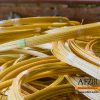
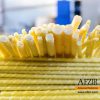

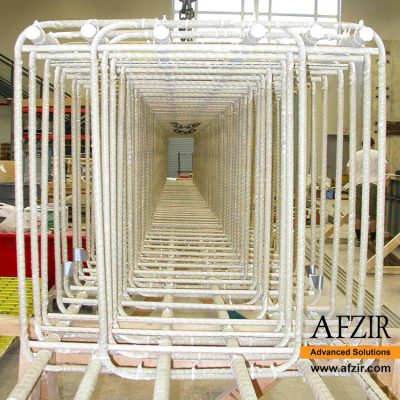


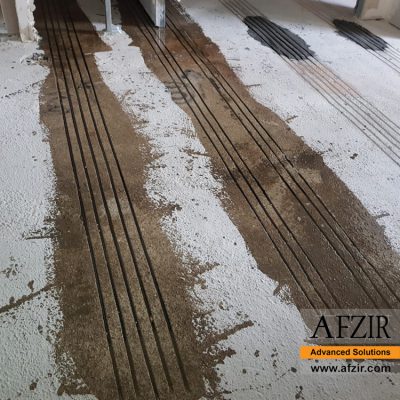

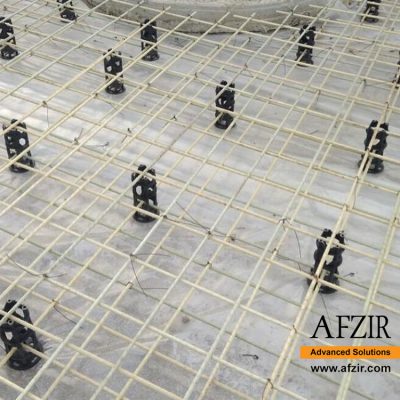
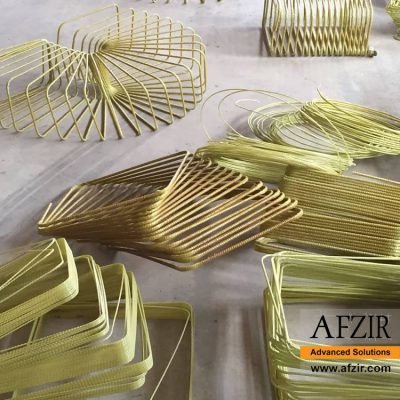




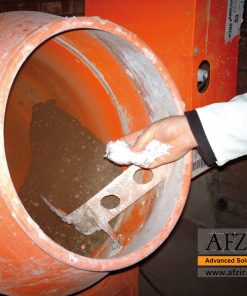
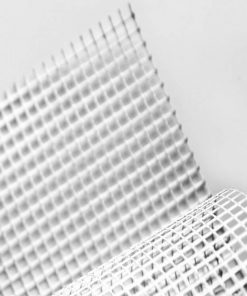
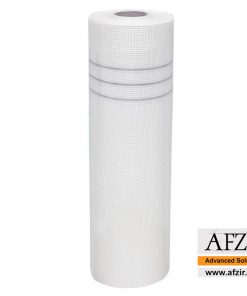
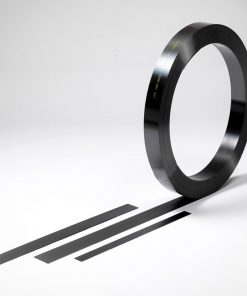

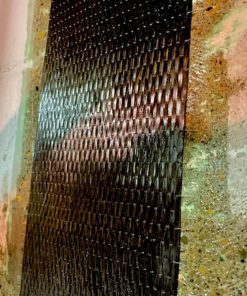

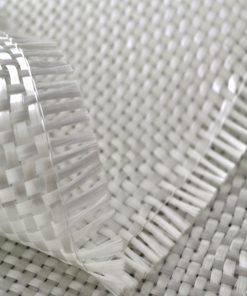


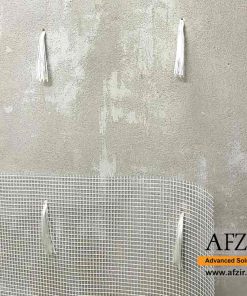
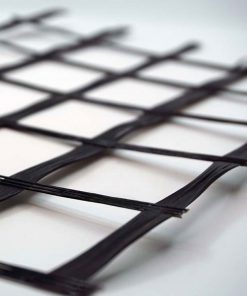


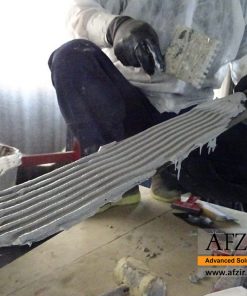
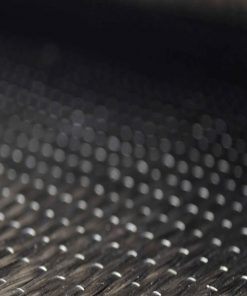
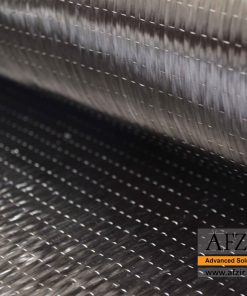
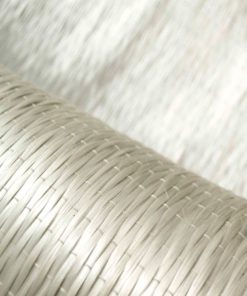

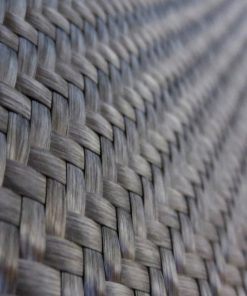
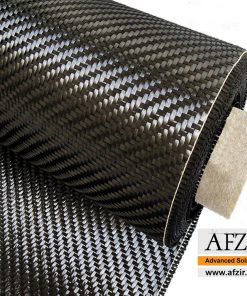


Be the first to review “Glass Ribbed Rod”